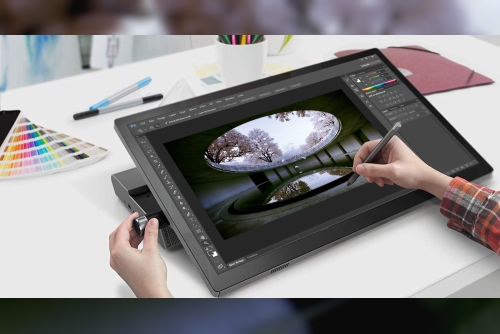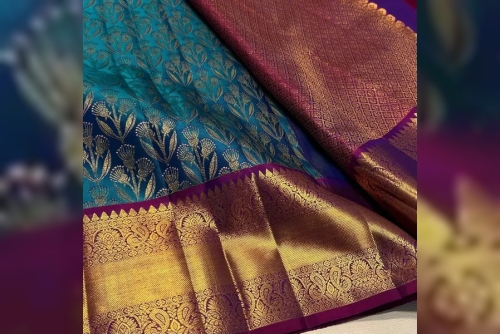Are you searching for the optimal desktop computer price tailored for graphic design work? Selecting an advanced desktop PC is a critical decision for graphic design professionals. Therefore, it is crucial to consider specific capabilities when making this purchase.
To assist you in navigating the buying process, we've crafted this guide that delves into the essential elements deserving of your attention.
Key Capabilities Your Desktop PC Should Possess for Graphic Design
Graphic designers rely on various software applications for their work, and preferences may vary. However, there are fundamental elements that demand consideration. Let's explore some of these crucial factors.
Display
The primary consideration for any graphic designer is the PC display. Factors such as color accuracy, high resolution, I/O connections, and screen size play a pivotal role. Opt for a larger screen that facilitates detailed work, providing ample space for convenient use of control functions and tools.
For graphic designers, accuracy in color representation is paramount. Choose a display that faithfully delivers colors on both print and screen. An ideal desktop PC offers a 1080p resolution with a 24-inch display, while professionals may benefit from 1440p to 4K resolution.
Central Processor
The mainframe of your PC is a critical component that ensures a seamless workflow when using various software applications like Illustrator, In Design, or Photoshop. A multi-core processor is ideal for most designers, ranging from 4 to 8 cores, facilitating efficient multitasking and tasks like video encoding or 3D rendering.
While some programs may not necessitate multiple cores, a faster processor with a higher clock speed is advantageous for handling large file transfers and resource-intensive programs.
Main Memory
Robust programs require sufficient RAM or main memory for successful operation. RAM temporarily stores recent files, allowing the CPU to process large amounts of data swiftly. A larger RAM ensures enhanced task performance, enabling your system to execute functions without crashes or delays.
Graphics Card
The graphics card or GPU renders the graphics displayed on the screen. Graphics cards can be integrated into a PC's motherboard or exist in a discrete form. Integrated options are part of the motherboard, while discrete GPUs focus solely on processing graphics.
For graphic designers using powerful applications, a discrete GPU offers superior visuals during activities such as gaming or video editing, although it demands more power.
Conclusion
Graphic designers engage with high-performance, demanding applications that require substantial power. Therefore, when selecting a desktop PC, prioritize features such as a multi-core processor, higher resolution with a spacious display, ample RAM, a robust GPU, and more.
Source: https://screenshot9.com/how-to-select-the-best-desktop-computer-for-graphic-designing/489780/












